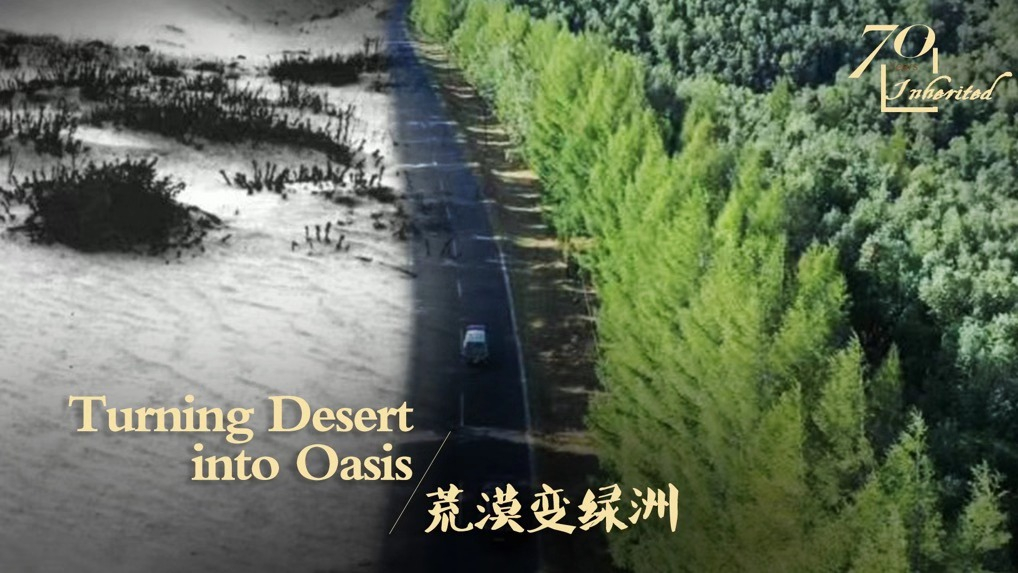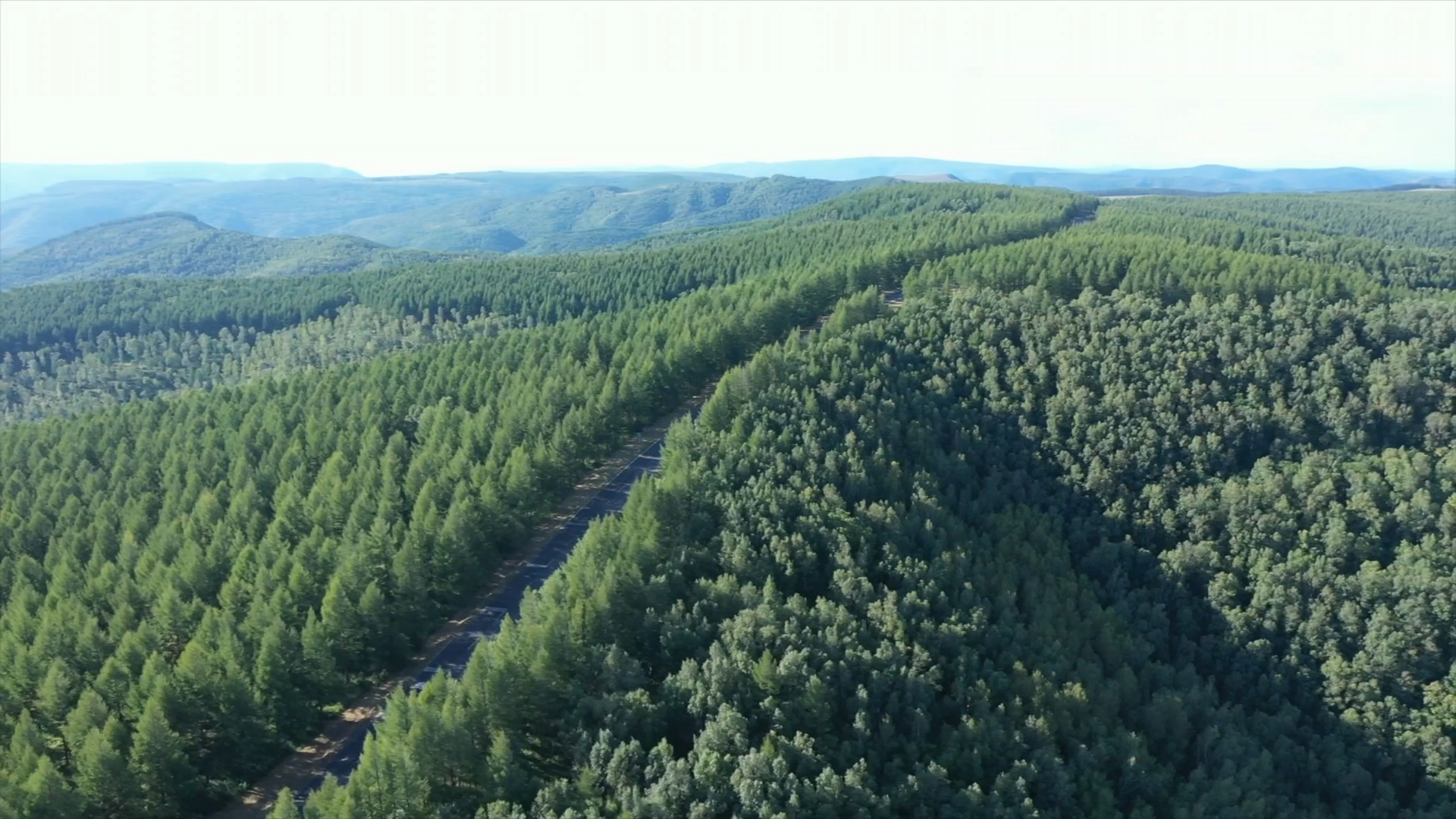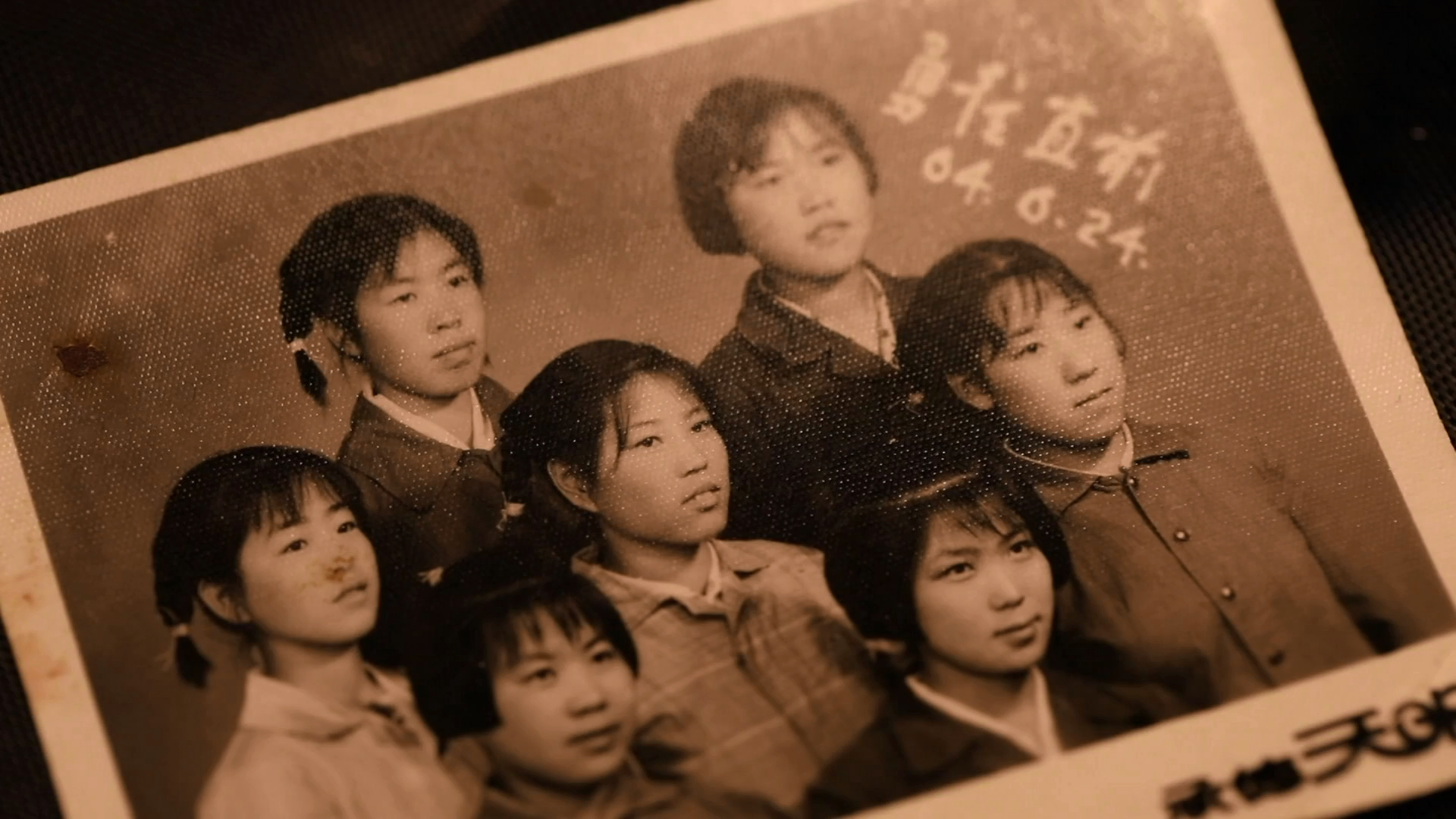06:54

Located in Chengde City, Hebei Province, Saihanba sits 450 kilometers to the north of Beijing. The place is covered with snow seven months a year. It used to be a freezing, barren desert plagued by sandstorms. However, it has been turned into the world's largest plantation that covers an area of nearly 75,000 hectares. Thus, it is called a "green miracle."

The forest in Saihanba. /CGTN Photo
The forest in Saihanba. /CGTN Photo
Chen Yanxian was one of the first batch of workers in Saihanba forest farm. Inspired by the story of Liang Jun, the first female tractor driver after the founding of the People's Republic of China, 19-year-old Chen and her five roommates decided to ditch the college entrance examination and take part in the construction of Saihanba. Her parents strongly opposed, knowing the conditions there were much worse than expected. But Chen insisted.
Eventually, her father said: "Once you choose Saihanba, you'd have to stay true to the mission. Do not quit halfway."

The six girls in Chen's dormitory decided to go to Saihanba. /From Chen Yanxian's photo album
The six girls in Chen's dormitory decided to go to Saihanba. /From Chen Yanxian's photo album
Arriving at Saihanba, they couldn't help but shiver in the August wind, which blew sand and dust at their faces. The remote area lacked materials, and the workers led a very frugal life. The wheat pancake was considered a delicacy and was only offered to guests.
Back then, the technology of mechanized plantation was rather primitive, and had low survival rate for seedlings. They had to do most of the jobs manually. "In the field of nearly 10 hectares, we dug little by little and made seed-beds for planting," Chen recalls. "As for picking seedlings, we had to do it as fast as possible, so we just sat on the damp soil and picked them in water. Everyone's hands were swollen and chapped from the cold."

Saihanba used to be a desert. /CGTN Photo
Saihanba used to be a desert. /CGTN Photo
The workers in Saihanba lived like a family under such harsh conditions. They always took care of each other. Like many of her colleagues, Chen got married and started her own family there. As their children grew up, primary and middle schools were established. Many of them also became forest workers.
"The conditions have improved a lot, as most of the jobs are done by machines. But people have to check the plague in the mountains from time to time. They have inherited the tradition of overcoming all the difficulties to get the job done," says Chen.

Saihanba, a scenic spot. /CGTN Photo
Saihanba, a scenic spot. /CGTN Photo
Nowadays, Saihanba has turned into a beautiful scenic spot. Having witnessed the seedlings she planted grow into the vast forest, Chen feels satisfied. "We have taught the next generations the importance of preserving the forests. They are all reliable workers. Nothing is more satisfying."